Occupation photographer | Name Eduardo Gageiro | |
 | ||
Awards World Press Photo Award for Portraits | ||
Eduardo gageiro retratos com hist rias
Eduardo Gageiro (born Sacavém, 16 February 1935) is a Portuguese photographer. He is widely considered the country's foremost photojournalist.
Contents
- Eduardo gageiro retratos com hist rias
- Fotos Eduardo Gageiro
- Beginnings
- Influences
- Photographic career
- Travels and Prizes
- References
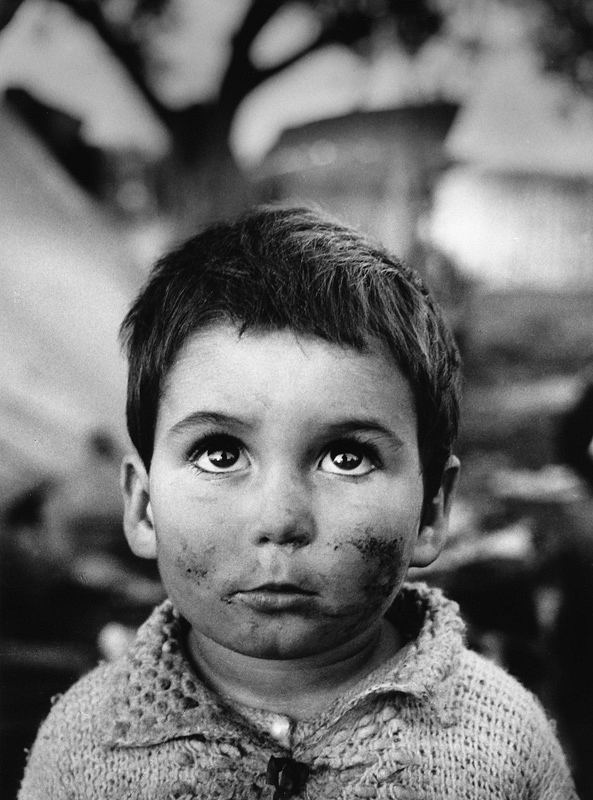
Fotos Eduardo Gageiro
Beginnings
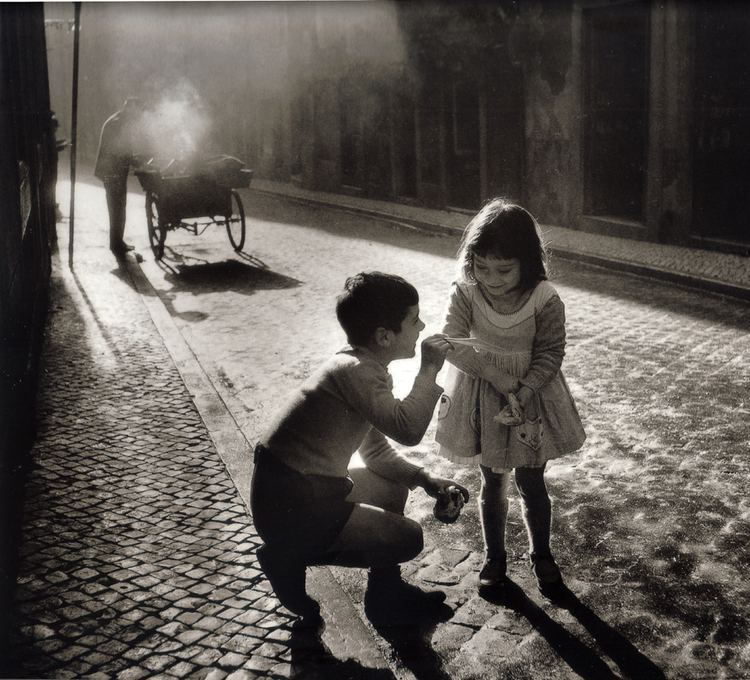
Gageiro became interested in photography at a very early age whilst working at the Sacavém Factory, the life of its workers providing the theme to his early work. The first photograph of him to be published appeared on the front page of the newspaper Diário de Notícias, of Lisbon, when Gageiro was twelve years old.
Influences
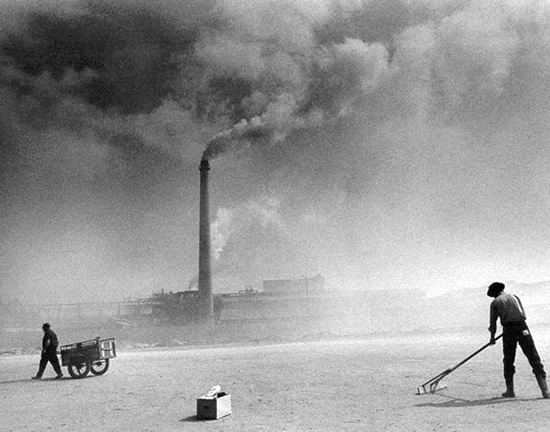
Gageiro work is very much in the same style of the postwar French photographers Henri Cartier-Bresson, Robert Doisneau and Willy Ronis. The vicissitudes of the daily life in all his monotony and the historic are recurring in his wide-ranging body of work. This does not mean that Gageiro's images are merely accurate snapshots. The decisive moment he tends to capture is often gently composed and finely balanced. True to this tradition, Gageiro works exclusively in black and white.
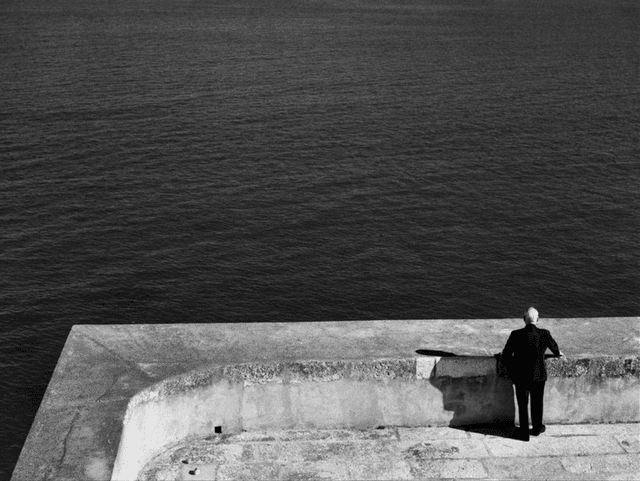
Jorge Pedro Sousa, in his thesis on the history of photojournalism in Portugal characterised Gageiro's photographic practice by the same "aesthetic-compositional quality, human value and dramatic form" that are also found in W. Eugene Smith and Henri Cartier-Bresson.
Photographic career
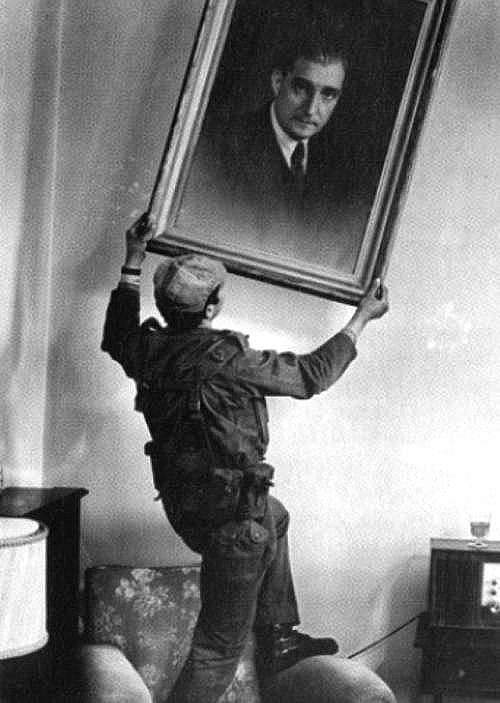
He began in photojournalism working for Vida Ribatejana, before going on to join O Século in 1957. He later worked for Eva and also edited Sábado. He continues to work with various publications and press agencies, mainly the Portuguese Associated Press.
As well as his journalistic work, Gageiro has produced several photobooks, often in collaboration with important Portuguese writers. He worked on Gente with José Cardoso Pires (whose introduction provides us with one of the earliest and most acute appraisals of Gageiro’s work), on Lisboa Operária with David Mourão-Ferreira and, most recently, on Olhares with António Lobo Antunes. His 2003 work Lisboa no Cais da Memória re-uses some of the key images found in these works and can be seen as an anthology of his work concerning Lisbon.
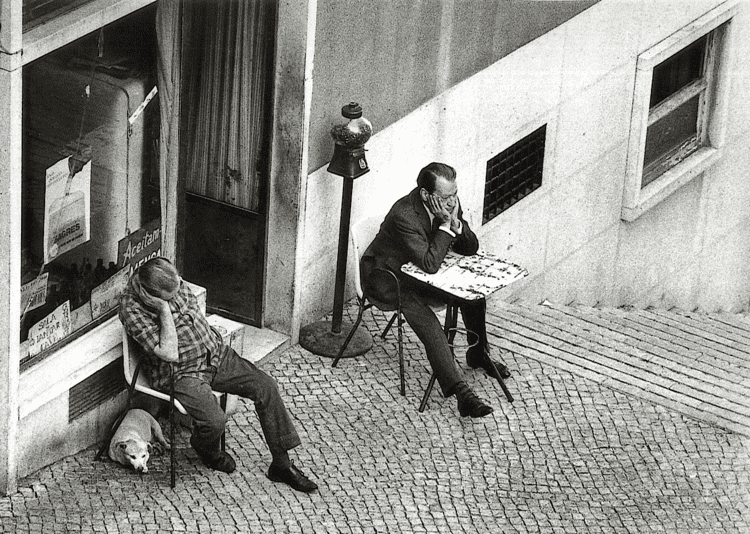
It was Gageiro's photographs that showed to the world the events befalling the Munich Olympic Games of 1972, and many of his images define the events surrounding the Carnation Revolution in 1974, such as the one taken in the headquarters of the P.I.D.E. (Portugal's secret police), where he captured a young soldier unhanging a portrait of Salazar, the erstwhile head of the Estado Novo's authoritarian regime. Gageiro was the official photographer during Ramalho Eanes Presidency.
Travels and Prizes
Gageiro has photographed in countries all around the world, including Cuba, where the Castro government allowed him to work with few restrictions, and East Timor, where he travelled to document life in the immediate post-independence period.
He received his first photographic prize in 1955. Since then he has gone on to win more than 300 prizes around the world. In 2005 he was awarded first prize at the 11th International Photography Exhibition in China, the world's biggest photography competition.
